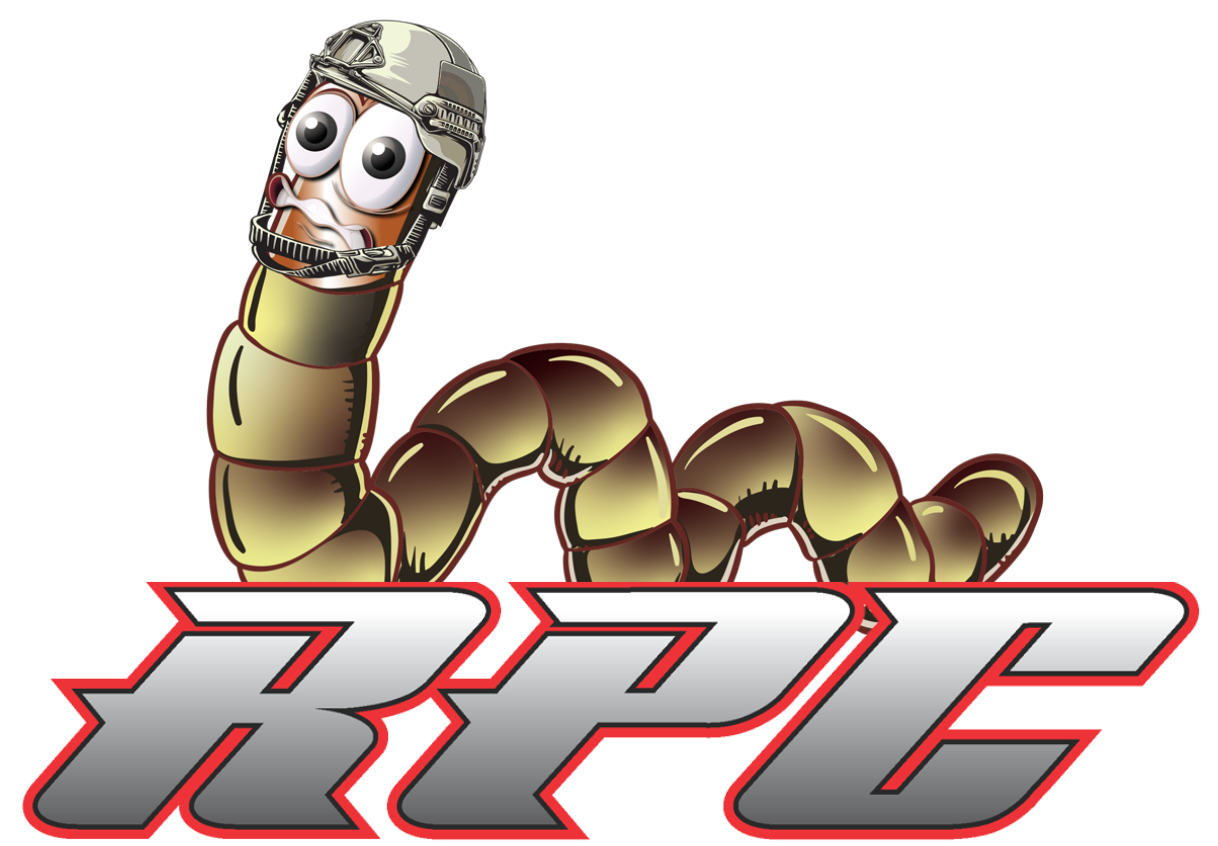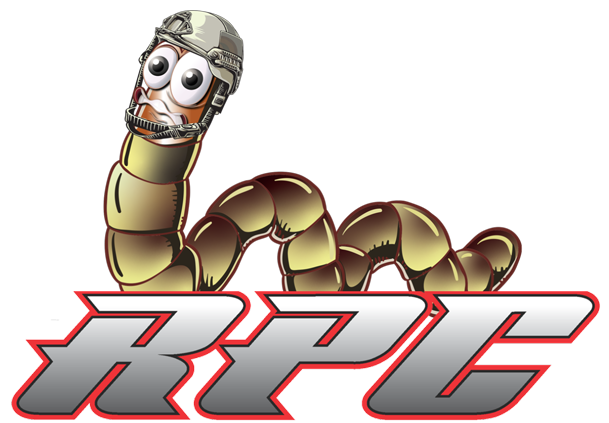Cockroaches are one of those pests that spark an instant reaction—disgust, unease, maybe even a little panic. They’ve been crawling through human habitats for thousands of years, thriving in the shadows and slipping through cracks when no one’s watching. These aren’t just creepy crawlers; they’re resilient survivors that can cause a heap of problems inside homes and businesses. The moment one appears, there’s a good chance dozens more are hiding nearby, tucked behind walls or scuttling beneath appliances.
Part of what makes these pests such frustrating invaders is how well they adapt. They don’t need much to survive—a crumb here, a bit of moisture there—and once they settle in, they breed fast. German cockroaches, in particular, reproduce quickly enough that a small issue can spiral into a serious infestation before anyone realizes it. And then there’s the unsettling fact that they often feed on some pretty nasty things, like sewage or decaying matter, which they can then spread as they move across your kitchen countertops or pantry shelves.
Spotting live cockroaches is only the tip of the iceberg. What you don’t see—like droppings, egg casings, or smear marks along baseboards—is just as important. And if there’s an odor lingering in areas where they’ve taken hold, it’s probably not your imagination. These insects release a musty scent that becomes more noticeable as their numbers increase. At that point, it’s not just a nuisance anymore—it’s a threat to your health and comfort.
Why Infestations Pose A Bigger Problem Than Most Realize
Beyond being gross and unsettling, cockroaches present legitimate health concerns. These pests are known to trigger allergies and asthma, especially in children. Their droppings, saliva, and shed skin contain proteins that act as allergens and can linger in the air or settle on surfaces. For individuals with respiratory conditions, this can lead to frequent flare-ups or prolonged symptoms without an obvious cause.
Then there’s the bacteria they can transport. As cockroaches move from filth to food prep areas, they can drag along pathogens like E. coli or salmonella. It’s not far-fetched for your food to be contaminated without you even noticing—just a brief crawl across a cutting board or into an open package is enough. These pests aren’t picky, and they certainly don’t care about hygiene. They’re drawn to the warmth, moisture, and food residue commonly found in kitchens, bathrooms, and basements, making homes and businesses alike vulnerable to hidden contamination.
What makes them even harder to deal with is their nocturnal behavior. Roaches don’t like the light, so you’re more likely to see them in the dead of night, which means many infestations remain hidden until they’ve spread. And because they can flatten their bodies to squeeze into incredibly tight spaces, it’s easy for them to vanish before you can react, hiding behind electrical outlets, inside cabinets, or under flooring. DIY efforts often fall short because surface-level solutions don’t reach the full extent of the infestation.
How We Approach Removal
Getting rid of cockroaches isn’t about spraying and hoping for the best. These pests require a more strategic approach. That starts with a thorough inspection—not just of the places where they are visible, but of those hard-to-reach areas where they’re likely to nest and breed. Identifying the species is important, too, because different types behave in different ways. German cockroaches might hide in your kitchen, while the American variety prefers basements and crawlspaces. Knowing what you’re dealing with shapes how the treatment unfolds.
Once the source of the problem is found, we take steps to target it at its core. That includes using professional-grade treatments that disrupt reproduction cycles, bait placements that draw roaches out of hiding, and perimeter applications that prevent future entries. But it’s not just about what’s applied—it’s about timing and precision. Every step is designed to not only reduce the current population but to eliminate the root of the infestation.
Long-term control also means identifying contributing factors. Things like standing water, food spills, or cluttered storage can attract roaches and help them thrive. Addressing those issues alongside treatment increases the chance of full elimination and reduces the likelihood of them coming back. It’s not a one-and-done fix—it’s a process that builds real, lasting results over time.
Why Professional Help Makes The Difference
Trying to handle cockroaches on your own often ends with short-term success and long-term frustration. Over-the-counter sprays and foggers may kill the few you see, but they won’t reach the eggs, hidden nests, or the majority that stay tucked away. In fact, those methods can sometimes cause the insects to scatter, causing them to spread further into walls or adjacent rooms. The result? The problem doesn’t go away—it just relocates.
A professional approach doesn’t just eliminate what’s visible; it tackles the infestation from multiple angles. It’s about understanding how roaches behave, where they travel, and what keeps them coming back. And it’s also about monitoring—because spotting a few survivors doesn’t necessarily mean failure, but it does mean follow-through is crucial. Whether it’s a home dealing with unexpected roach activity or a commercial kitchen needing to stay compliant, the right pest control strategy is tailored to the situation and built to adapt.
That level of attention makes a huge difference, especially in areas like central Florida where humidity and warm temperatures provide an ideal environment for pests year-round. Cockroaches don’t need much to survive, but they do take a well-planned effort to fully remove.
If roaches have made their way into your space, don’t wait for them to multiply or spread further. They’re quick, elusive, and tough to eliminate without the right tools and knowledge. At Robins Pest Control, we understand the stress that comes with seeing a cockroach scurry across your floor—and we know how to make that problem disappear. Contact us today to schedule service or ask questions about our professional control methods. We’re here to help you get your space back and keep it that way.
Frequently Asked Questions About Roaches
Q1. What are the signs that I have an infestation even if I rarely see one?
A1. These elusive insects often stay hidden during the day, so seeing just one could mean many more are nearby. Clues to their presence include droppings that resemble coffee grounds or black pepper, a musty or oily smell in certain areas, and smear marks along walls or baseboards. You might also find shed skins or egg cases tucked away in cabinets, behind appliances, or under sinks. The signs are subtle, but they signal an established—and growing—problem.
Q2. Why is it important to act quickly once I suspect an issue?
A2. These pests reproduce at an alarming rate—some species lay dozens of eggs at a time, with each egg case potentially leading to a new wave of infestation. Waiting too long gives them time to spread, making the problem harder and more expensive to control. They can also trigger allergies, contaminate food, and carry harmful bacteria. Fast, professional intervention helps prevent a minor sighting from turning into a major health concern.
Q3. Are professional treatments safe for pets and kids?
A3. Yes, when done properly. Licensed pest control specialists use targeted treatments that are formulated to be safe around people and animals once dry. They will provide clear guidance on when it’s safe to re-enter treated areas and what precautions, if any, should be taken. The products used in professional-grade services are selected not only for effectiveness but also for safety in residential environments.


